CHISL # 751 Designated CHISL 1960 Year built 1854 | NRHP Reference # 75002103 Designated NHLD May 15, 1975 Area 61 ha Added to NRHP 15 May 1975 | |
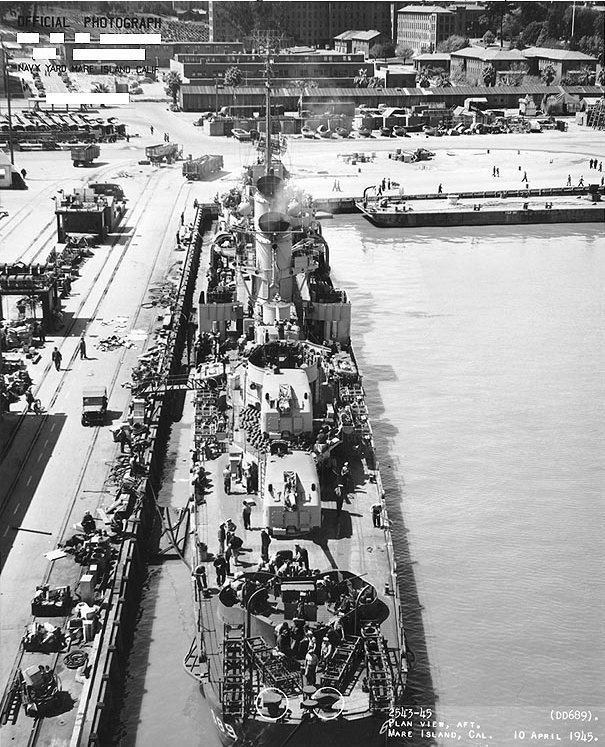 | ||
Mare island naval shipyard revisited
The Mare Island Naval Shipyard (MINSY) was the first United States Navy base established on the Pacific Ocean. It is located 25 miles northeast of San Francisco in Vallejo, California. The Napa River goes through the Mare Island Strait and separates the peninsula shipyard (Mare Island, California) from the main portion of the city of Vallejo. MINSY made a name for itself as the premier US West Coast submarine port as well as serving as the controlling force in San Francisco Bay Area shipbuilding efforts during World War II. The base closed in 1996 and has gone through several redevelopment phases. It was registered as a California Historical Landmark in 1960, and parts of it were declared a National Historic Landmark District in 1975.
Contents
- Mare island naval shipyard revisited
- Mare island naval shipyard
- Beginnings
- World War I
- World War II
- War bonds
- Shipbuilding
- Riverine training
- Base closure
- References
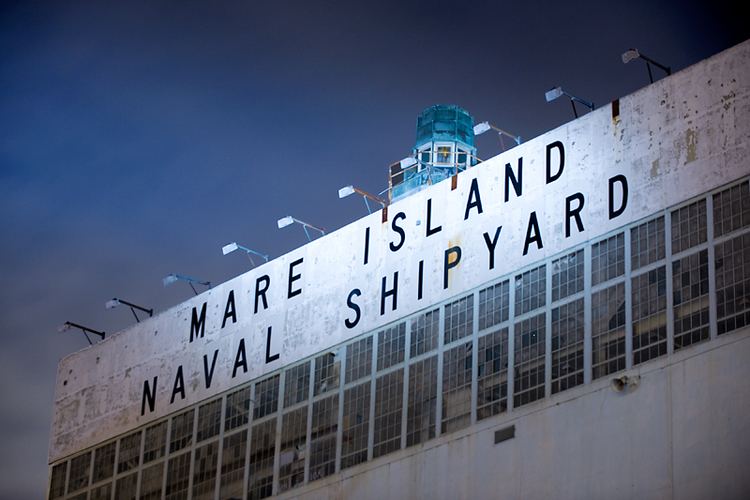
Mare island naval shipyard
Beginnings
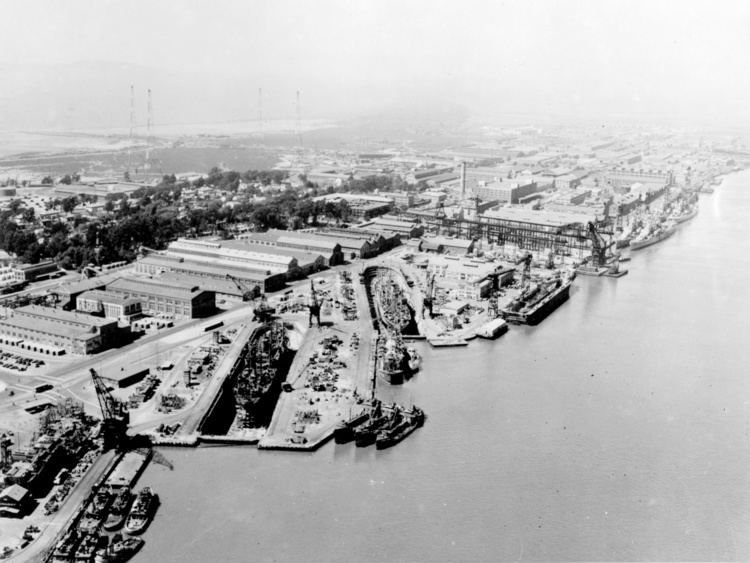
In September 1849, Lieutenant Commander William Pope McArthur was placed in command of the US survey schooner Ewing, which had been brought around Cape Horn to the West Coast by Lieutenant Washington Allon Bartlett. Upon reaching San Francisco, Ewing and the other ship assigned to the survey, USS Massachusetts, were hampered from progress in due to desertions of their crews to the gold fields, including a mutiny when crew members rowing into the city from Ewing threw an officer overboard in an attempt to desert. They managed to survey the Mare Island Strait before steaming to Hawaii to obtain crewmen from Hawaiian monarch King Kamehameha III. They returned to San Francisco in the spring of 1850 with the coastal survey of northern California beginning on April 4, 1850 and continued up to the mouth of the Columbia River. On August 1, 1850, while still in Oregon, McArthur purchased a 1⁄16 interest in Mare Island for $468.50 then returned to San Francisco later that month to prepare charts and write reports.
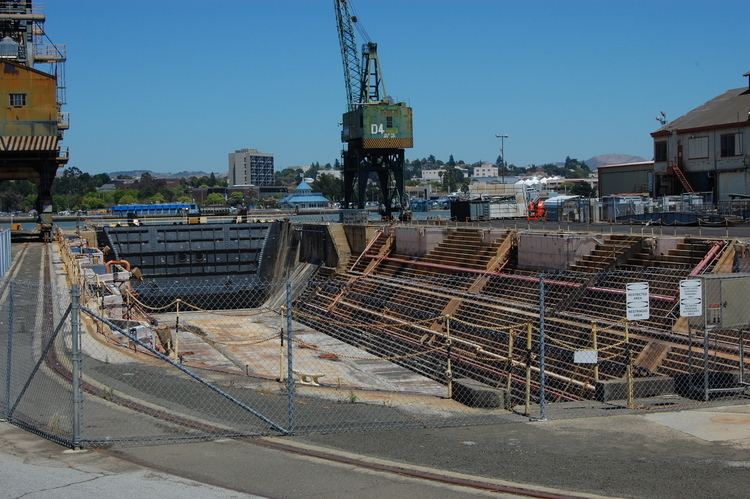
On January 15, 1852, Secretary of the Navy Will A. Graham ordered a Naval Commission to select a site for a naval yard on the Pacific Coast. Commodore D. Sloat along with Commodore C. Ringgold, Simon F. Blunt and William P.S. Sanger (former overseer of construction of Drydock Number One, Norfolk Naval Shipyard) were appointed to the commission. On July 13, 1852, Sloat recommended the island across the Napa River from the settlement of Vallejo.
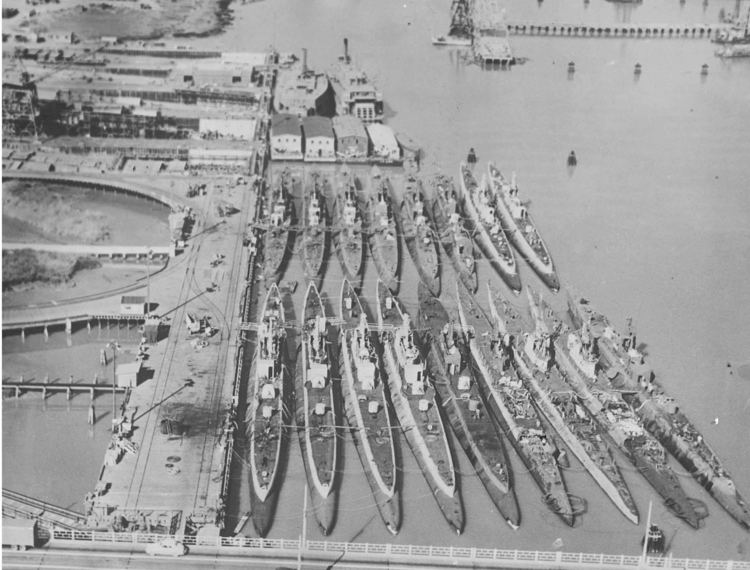
The Navy purchased the original 956 acres (387 ha) of MINSY on January 4, 1853. McArthur's family share (he had died a few months after purchasing in interest in Mare Island) was $5,218.20. The Navy commenced shipbuilding operations on September 16, 1854 under the command of then-Commander David Farragut, who later gained fame during the U.S. Civil War Battle of Mobile Bay, when he gave the order, "Damn the torpedoes, full speed ahead!" MINSY served as a major Pacific Ocean repair station during the late 19th century, handling American as well as Japanese and Russian vessels in the course of duty.
In 1861, the longest lived of the clipper ships, Syren, was brought to Mare Island Navy Yard for $15,000 of repairs. Syren had struck Mile Rock two times while trying to sail out of the Golden Gate.
Marines first arrived for duty in 1862 under the command of Maj. Addison Garland, who was the first officer to command the Marine barracks on the island.
Mare Island Naval Shipyard also took a commanding role in civil defense and emergency response on the West Coast, dispatching warships to the Pacific Northwest to subdue Native American violence. MINSY sent ships such as Wyoming south to Central America and the Panama Canal to protect US political and commercial interests. Some of the support, logistics and munition requirements for the Spanish–American War were filled by Mare Island. MINSY sent men, materiel and ships to San Francisco in response to the fires following the 1906 earthquake. Arctic rescue missions were mounted as necessary. Ordnance manufacturing and storage were two further key missions at MINSY for nearly all of its active service, including ordnance used prior to the American Civil War.
In 1911, the Marine Corps established two West Coast recruit training depots first at Mare Island, the second at Puget Sound, Washington. Mare Island eventually became the West Coast's only recruit training facility when the Puget Sound operation consolidated to the San Francisco Bay Area in 1912. Instructors trained recruits there until August 10, 1923, when they relocated to the Marine Corps Recruit Depot San Diego.
World War I
In March 1917 MINSY was the site of a major explosion of barges loaded with munitions. The blast killed 6 people, wounded another 31, and destroyed some port facilities. Agents of U.S. Military Intelligence tied the blast to roving German saboteur Lothar Witzke, who was caught and imprisoned in 1918.
MINSY saw major shipbuilding efforts during World War I. MINSY holds a shipbuilding speed record for a destroyer that still stands, launching USS Ward in just 17 1⁄2 days in May–June 1918. Mare Island was selected by the Navy for construction of the only US West Coast-built dreadnought battleship, USS California, launched in 1919. In 1904, the pre-dreadnought battleship USS Nebraska had been launched at Seattle, Washington. Noting the power of underwater warfare shown by German U-boats in World War I, the Navy doubled their Pacific-based submarine construction program at Puget Sound Naval Shipyard by founding a submarine program at MINSY in the early 1920s.
World War II
Base facilities included a hospital, ammunition depot, paint and rubber testing laboratories, and schools for firefighters, opticians, and anti-submarine attack during World War II. MINSY reached peak capacity for shipbuilding, repair, overhaul, and maintenance of many different kinds of seagoing vessels including both surface combatants and submarines. Up to 50,000 workers were employed. Mare Island even received Royal Navy cruisers and destroyers and four Soviet Navy subs for service. Following the War, MINSY was considered to be one of the primary stations for construction and maintenance of the Navy's Pacific fleet of submarines, having built seventeen submarines and four submarine tenders by the end of hostilities.
War bonds
Patriotism and esprit de corps among the workers ran very high. Mare Island's military and civilian workforce raised almost $76M in war bonds; enough to pay for every one of the submarines built at MINSY prior to VJ Day. More than 300 landing craft were built at Mare Island.
Shipbuilding
Mare Island Naval Shipyard constructed at least eighty-nine seagoing vessels. Among the more important ships & boats built were:
With the prelude to, and the outbreak of World War II, the Mare Island Naval Shipyard specialized in submarines, and other than a few submarine tenders, no more surface ships were built there. MINSY continued building non-nuclear subs through the Cold War including two of the three Barracuda-class submarines and USS Grayback, an early guided missile launcher. In 1955, Mare Island was awarded the contract to build Sargo, the first nuclear submarine laid down at a Pacific base. The shipyard became one of the few that built and overhauled nuclear submarines, including several UGM-27 Polaris submarines. 1970 saw the launching of Drum, the last nuclear submarine built in California. In 1972, the Navy officially ceased building new nuclear submarines at Mare Island, though overhaul of existing vessels continued. Nautilus was decommissioned at Mare Island in 1980, then rigged for towing back to Groton, Connecticut to serve as a museum of naval history.
Riverine training
In 1966, during the Vietnam War, the U.S. Navy transferred their Brown Water Navy Riverine Training Operations from Coronado, California to Mare Island. Motorists traveling along Highway 37 from the Vallejo/Fairfield areas to the Bay Area, which passes through Mare Island, could often see U.S. Navy River Patrol Boats PBR, Assault Troop Craft ATC), among other river assault type boats, maneuvering through the sloughs of what is now the Napa-Sonoma State Wildlife Area, which borders the north and west portions of Mare Island. U.S. Navy Reserve Units may still operate the slough portions of the State Wildlife Area for training purposes, as the navigable waters are considered public property. The U.S. Navy Brown Water Riverine Forces were inactivated after the Vietnam War, maintaining only the U.S. Naval Reserve PBRs and auxiliary craft at Mare Island, until the 1996 base closure.
Base closure
Mare Island Naval Shipyard expanded to over 5,200 acres (2,104 ha) in its service life and was responsible for construction of over 500 naval vessels and overhauling thousands of other vessels. Though it remained a strong contender for continued operations, MINSY was identified for closure during the Base Realignment and Closure (BRAC) process of 1993. Naval operations ceased and the facility was decommissioned on April 1, 1996.
The California Conservation Corps, Touro University California, and numerous commercial and industrial businesses are currently leasing property aboard the former naval shipyard. In May 2000, the Navy completed the transfer of a former housing area called Roosevelt Terrace using an "economic development conveyance"; a method to accelerate the transfer of BRAC facilities back to civilian communities for their economic benefit. The Navy is also transferring property at the shipyard to other government agencies such as Fish and Wildlife Service refuge, a Forest Service office building, an Army Reserve Center, a Coast Guard communications facility, and a Department of Education school.
